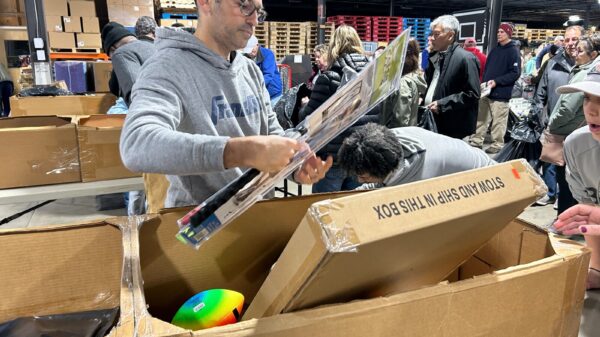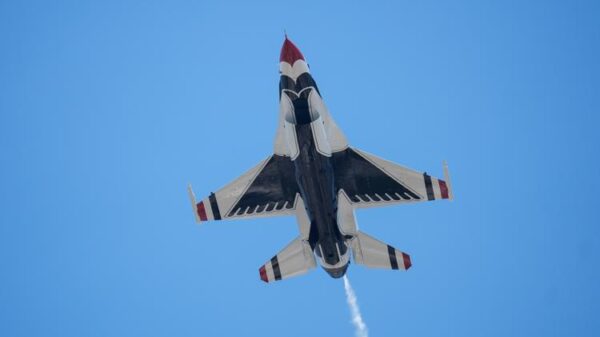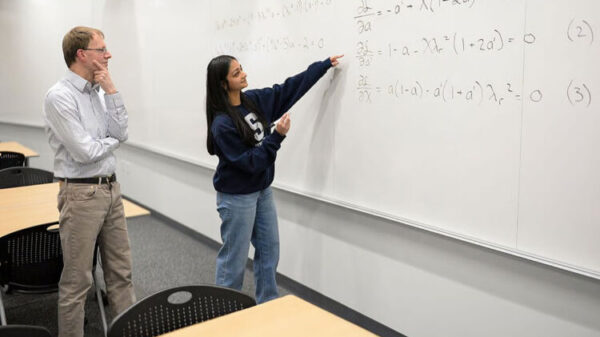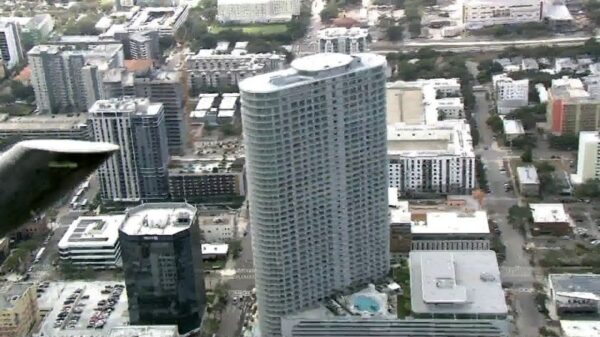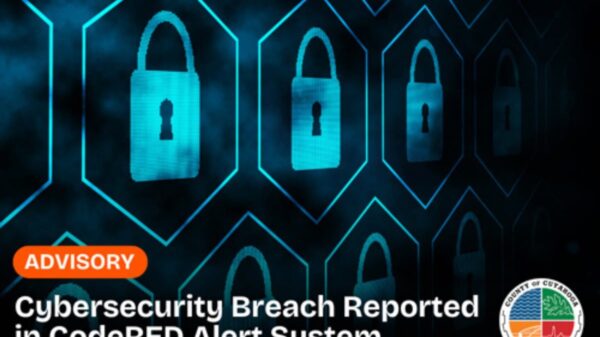The U.S. Space Force is advancing its capabilities to protect national security through a new missile defense strategy known as the Golden Dome. This comprehensive framework integrates satellite technology for sensing, tracking, and countering missile threats. By enhancing its reliance on space assets, the United States aims to bolster its defense against adversaries who have demonstrated the ability to jeopardize critical American space operations over the past two decades.
General B. Chance Saltzman, the chief of space operations for the U.S. Space Force, emphasized the importance of this strategy in a statement made in March 2023. He highlighted that current military space architectures favor offensive actions due to their visibility and predictability. “The visibility, predictability and reconstitution timelines associated with current military space architectures favor the actor that goes on the offense first,” he noted. This situation creates instability, undermining the deterrence of attacks on U.S. space assets.
To address these challenges, Gen. Saltzman proposed a space deterrence theory called “Competitive Endurance.” This approach focuses on safeguarding U.S. space assets while simultaneously inhibiting adversaries from utilizing their own space capabilities for hostile purposes. Key features of this architecture include disaggregation, diversification, proliferation, and maneuverability.
Maneuverability is critical for modern satellites, allowing them to change their orbits to avoid detection and potential threats. The propulsion systems developed by L3Harris Technologies play a pivotal role in enabling this flexibility. The company offers a range of propulsion technologies, including high-thrust chemical propulsion systems for quick responses and efficient electric thrusters for sustained operations. Many of these technologies are flight-proven and ready for immediate deployment to support the Golden Dome initiative.
Chemical propulsion systems provide high acceleration rates, enabling satellites to respond swiftly to emerging threats. L3Harris provides various chemical in-space propulsion systems, from low-thrust monopropellant engines used for orientation adjustments to powerful bi-propellant systems designed for larger spacecraft, such as NASA’s Orion spacecraft.
Electric propulsion systems, which are significantly more fuel-efficient than traditional chemical systems, are ideal for continuous maneuvers essential for resilience operations. These systems make it challenging for adversaries to predict satellite positions, particularly in chaotic orbits. The company’s XR-5 Hall thruster is already used for orbit raising and station-keeping, while the Advanced Electric Propulsion System will facilitate the transition of NASA’s lunar-orbiting Gateway station from Earth orbit to lunar orbit.
Furthermore, L3Harris’ long-duration upper stage rocket engines enhance satellite maneuverability, making it difficult for adversaries to track U.S. assets. The RL10 upper stage engine, designed for multiple restarts in space, can place satellites in high orbits that are challenging to monitor and subsequently relocate them as needed.
With advancements in nuclear propulsion, L3Harris is also enhancing the agility and fuel efficiency of satellites. The company has extensive experience in both high-thrust nuclear thermal and nuclear electric propulsion systems. These innovations contribute to the protection of key Golden Dome space assets, ensuring that both sensor and shooter missile shield satellites remain elusive to adversaries.
L3Harris is committed to supporting the Golden Dome initiative through its robust array of proven propulsion solutions and ongoing research into emerging technologies. The company’s expertise positions it as a leader in the defense sector, focused on meeting mission-critical needs and providing comprehensive technology solutions across various domains in support of national security.
As the landscape of space defense evolves, the United States is determined to maintain a strategic advantage over rival nations, ensuring that both its space assets and national interests are well-protected.

